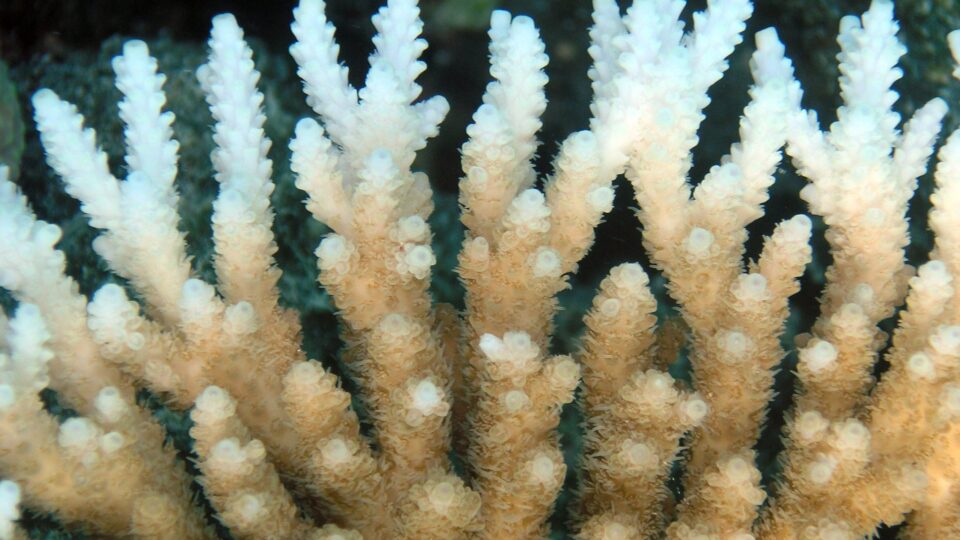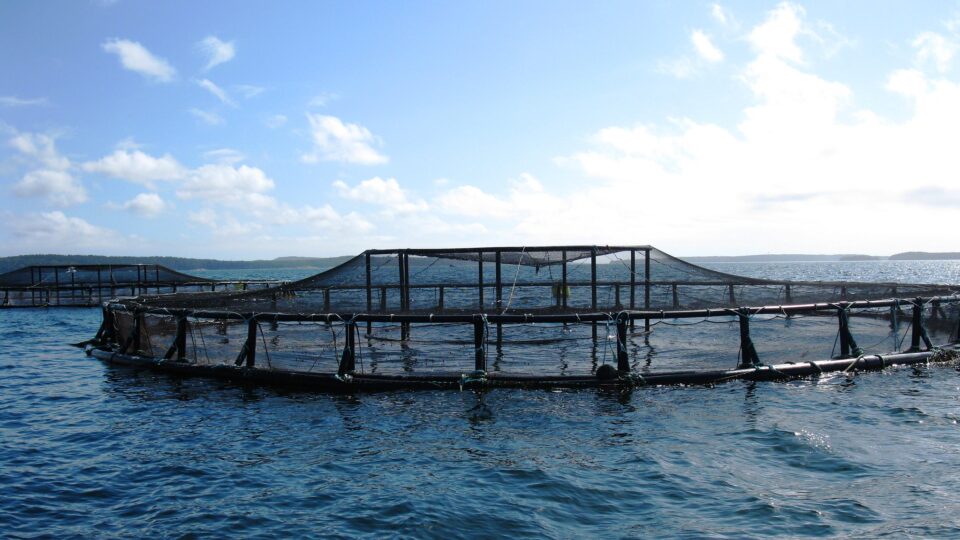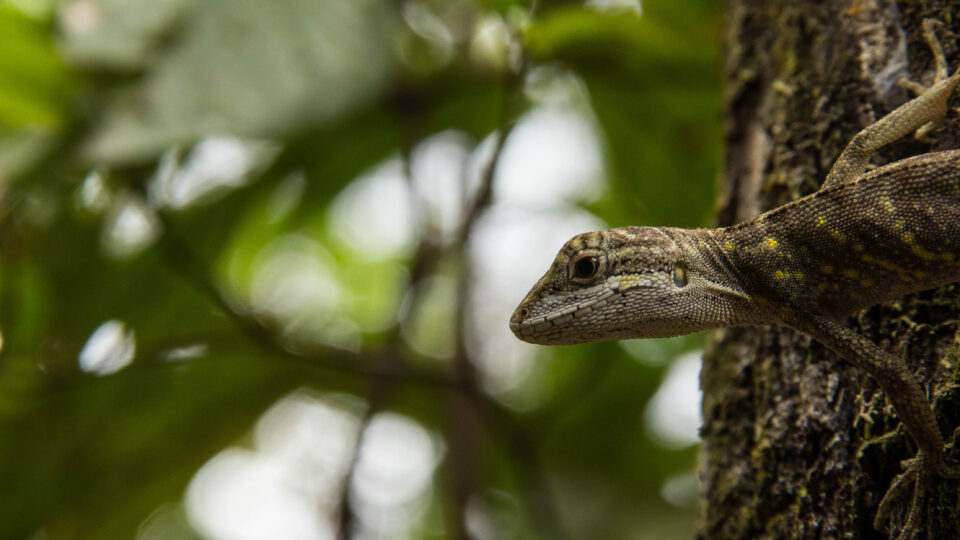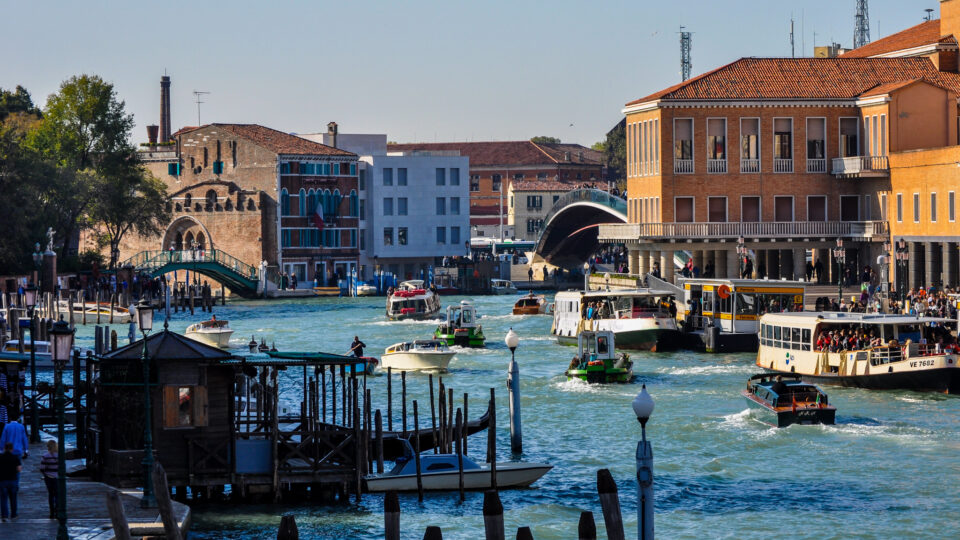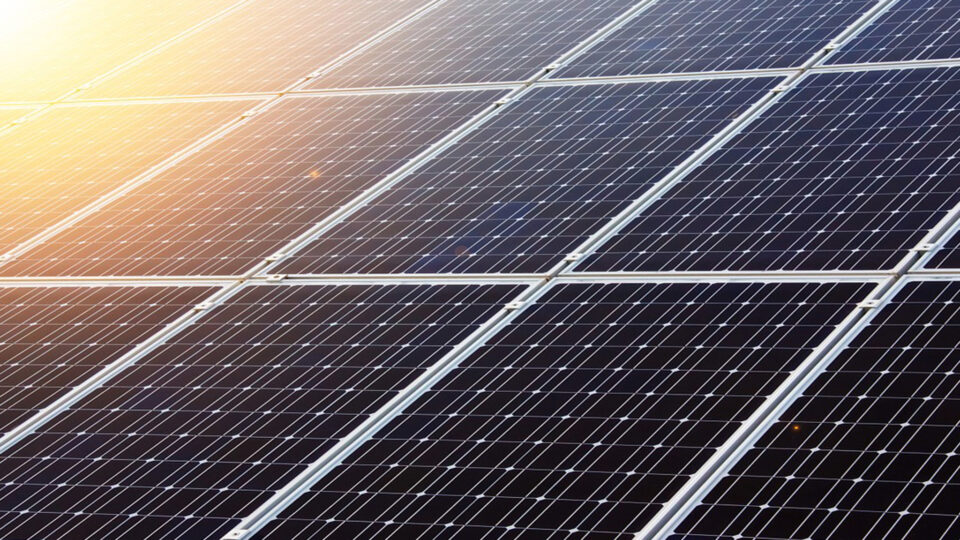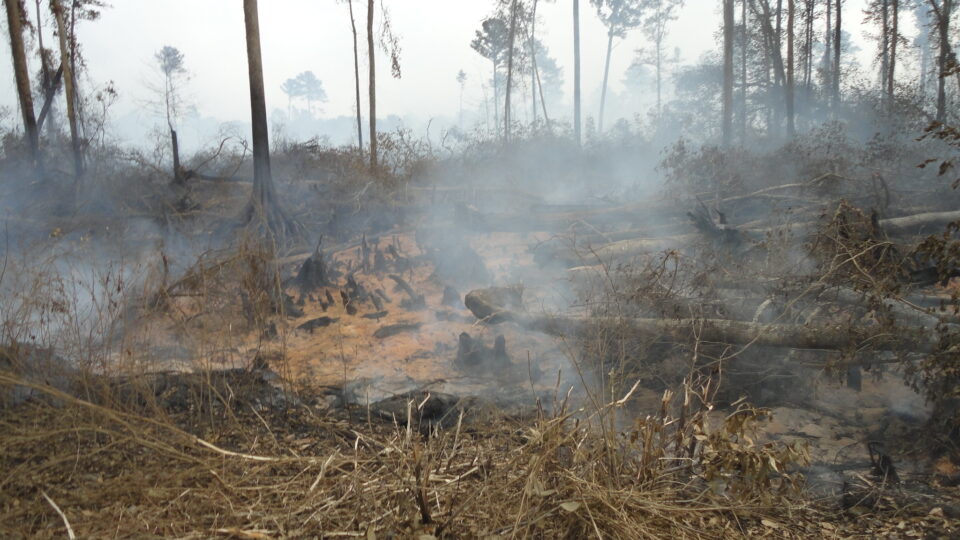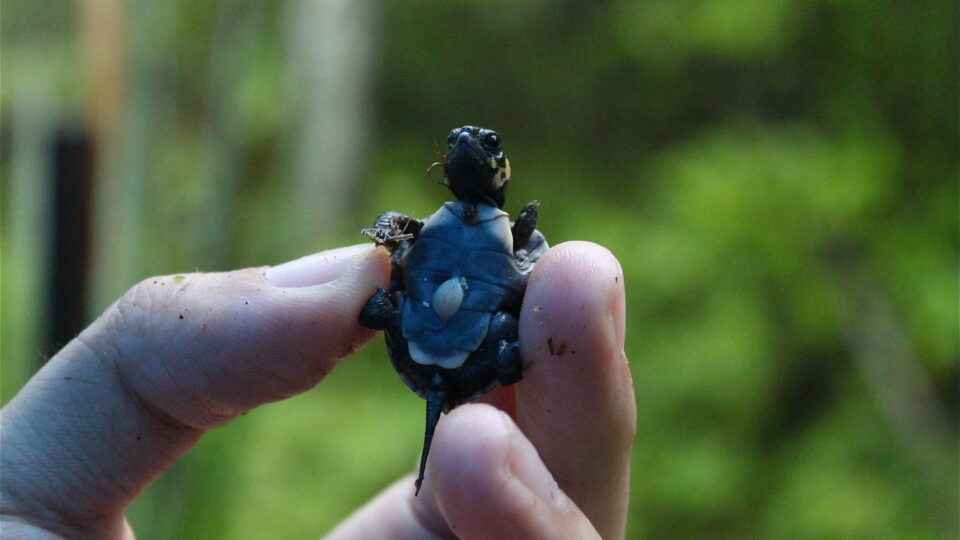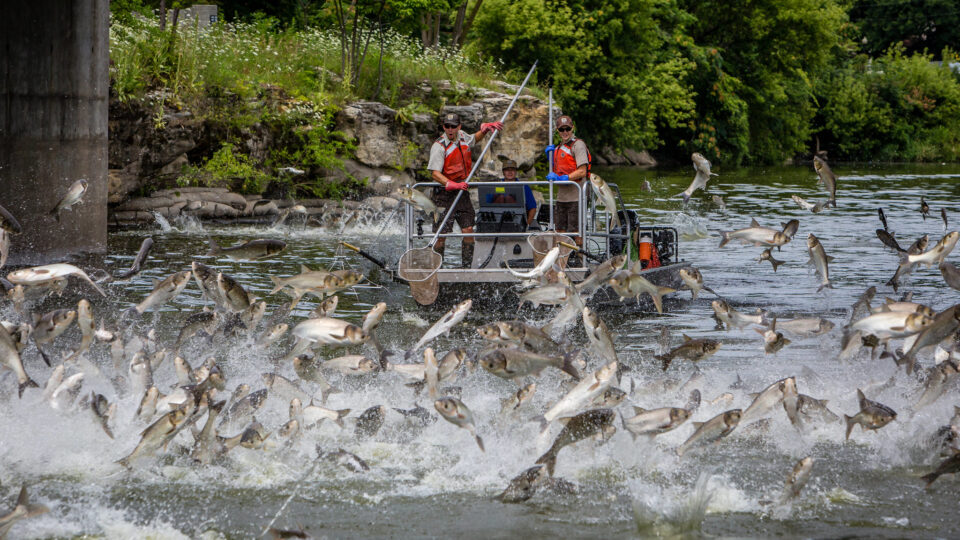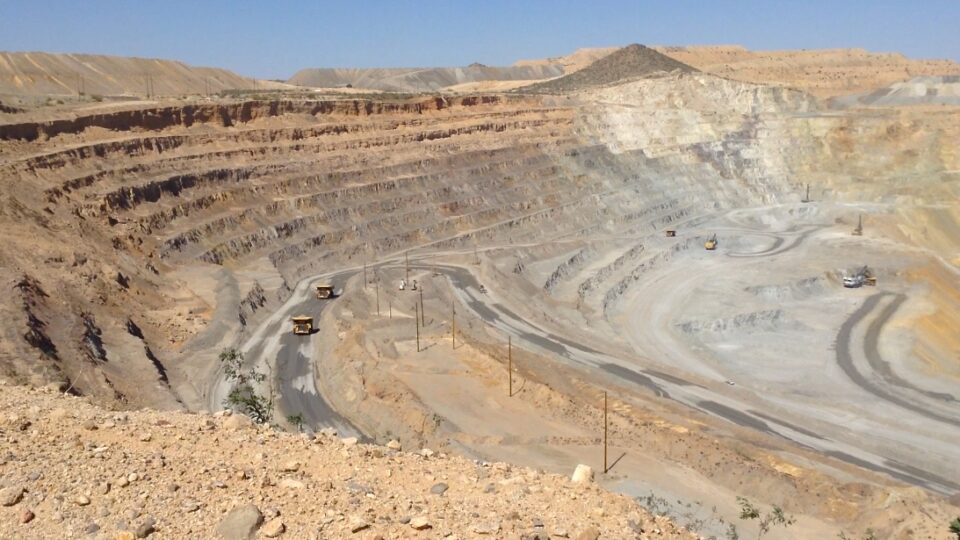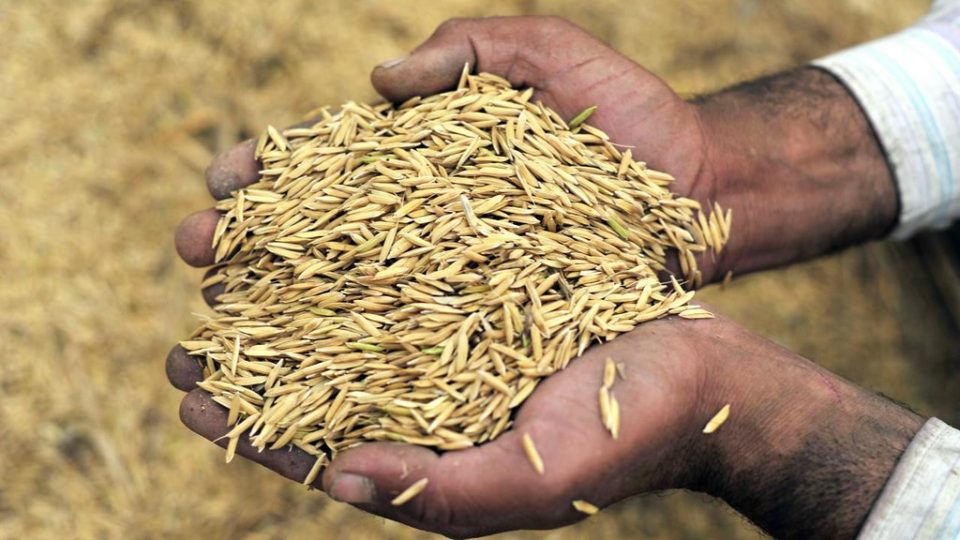The world’s coral reefs are in the midst of a global bleaching event being driven by extraordinarily high ocean temperatures. This is the fourth such global event on record and is predicted to be the largest one ever. Coral bleaching occurs when corals are stressed by heat and eject the symbiotic algae within them that they need to survive. Bleached corals can recover if water temperatures cool soon enough. Otherwise, they die.
Each of the three previous coral bleaching events has been worse than the last. The first, in 1998, affected 20% of the world’s reefs. The second, in 2010, affected 35%. The third, from 2014 to 2017, affected 56% of reefs.
The current bleaching event was confirmed by satellite observations early in April and was already seen to be affecting more than half of the world’s coral areas across the Pacific, Indian, and Atlantic Oceans. The ongoing event is expected to be the worst bleaching ever experienced by Australia’s Great Barrier Reef. A small saving grace is that the current bleaching event is not expected to be of extremely long duration because the El Niño in the Pacific has abated.
Coral bleaching events are becoming more severe and frequent due to increased marine heat waves driven by climate change. Last year was particularly difficult for corals as global sea temperatures reached record high levels for several months.
Widespread coral bleaching impacts economies, livelihoods, food security, and more. Coral reefs provide ecosystem services essential to marine life and human populations as well. Global action will be needed for coral interventions and restorations.
**********
Web Links
Satellites watch as 4th global coral bleaching event unfolds
Photo, posted March 23, 2012, courtesy of Oregon State University via Flickr.
Earth Wise is a production of WAMC Northeast Public Radio
